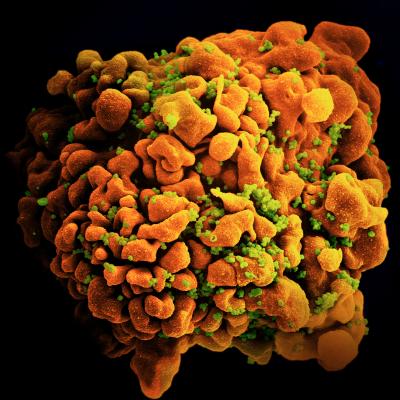by Jeanne Marrazzo, M.D., M.P.H., NIAID Director
The HIV research community is led by scientists with deep personal commitments to improving the lives of people with and affected by HIV. Some researchers, like me, have pursued this cause since the start of the HIV pandemic, growing our careers studying HIV from basic to implementation science. Our collective decades of work have generated HIV testing, prevention and treatment options beyond what we could have imagined in the 1980s. Those advances enable NIAID to explore new frontiers: expanding HIV prevention and treatment modalities, increasing understanding of the interplay between HIV and other infectious and non-communicable diseases, optimizing choice and convenience, and building on the ever-growing knowledge base that we need to develop a preventive vaccine and cure. The next generation of leaders will bring these concepts to fruition, and we need to welcome and support them into the complex and competitive field of HIV science.
Click below for a video in which NIAID grantees and I discuss the value and experience of early-stage HIV investigators (the audio described version is here):
NIAID wants to fund more new HIV scientists and we have special programs and funding approaches to meet that goal. This week, the NIH Office of AIDS Research will host a virtual workshop on early-career HIV investigators tomorrow, April 24, and NIAID will host its next grant writing Webinars in May, June, and July.
For more information about programs and support for new and early-stage investigators as well as people starting to implement their first independent grant, visit these NIAID and NIH resources:
Information for New Investigators (NIAID)
HIV/AIDS Information for Researchers (NIAID)
OAR Early Career Investigator Resources (NIH)


